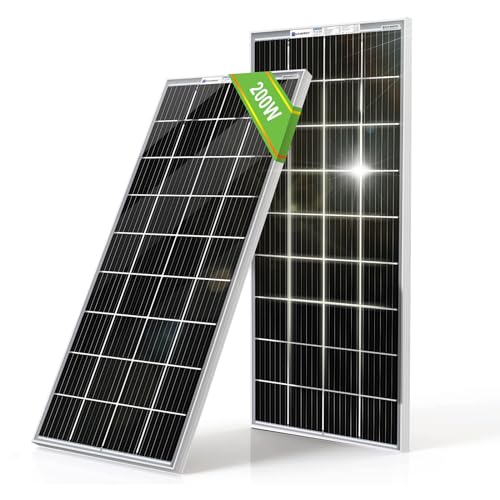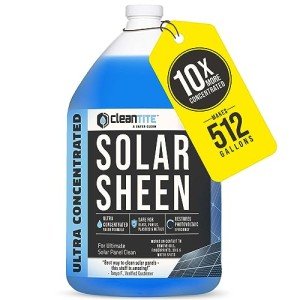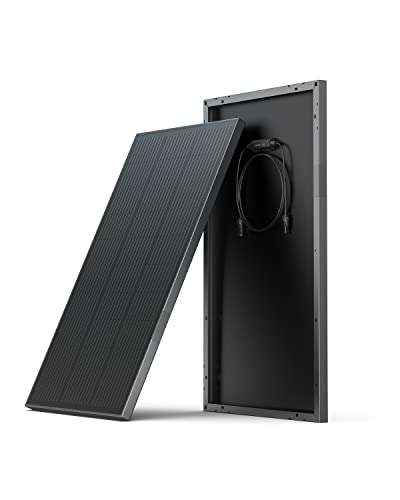If you’re thinking about Installing Solar Panels On Roof, you’re already on the right track to saving money and going green! But before diving in, let’s cover some solar panel basics to get you started.
First up, understand the different types of solar panels. There are mainly three types: monocrystalline, polycrystalline, and thin-film. Monocrystalline panels are super efficient and take up less space on your roof, while polycrystalline panels are a bit less efficient but often come at a lower price. Thin-film panels are lightweight and flexible but typically less efficient. Choosing the right type really depends on your roof space and budget.
Next, think about your roof's orientation and pitch. South-facing roofs usually get the most sun, which means they are the best spots for solar panels. If your roof isn’t south-facing, don’t worry. East and west-facing roofs can work, too! Just be aware that the amount of energy your panels produce might vary a bit based on their position.
Finally, check local regulations and incentives. Many places offer tax credits or rebates for solar installations, which can make your investment even sweeter. Getting in touch with local solar providers can also help you understand what works best for your area and how Installing Solar Panels On Roof can fit into your budget.
Choosing the Right Panels for Your Home
Choosing the right solar panels for your home can feel a bit overwhelming, but it doesn’t have to be. It’s all about finding panels that fit your needs and your roof. Think of it like picking out the perfect pair of shoes. You want something that not only looks good but also works well for you.
First up, consider the efficiency of the panels. Higher efficiency means they convert more sunlight into electricity. This is especially important if you have limited roof space. Brands like SunPower and LG offer some of the highest efficiency models out there. They’re a bit pricier, but they can save you money on energy bills over time.
Next, check out the durability and warranty. Solar panels need to withstand weather, so go for panels with solid warranties—at least 25 years is a good standard. Brands like Panasonic and Canadian Solar are known for their reliability. A good warranty gives you that peace of mind, knowing that you’re covered if something goes wrong.
Finally, don’t forget to factor in your budget. Solar panel prices can vary widely based on size, brand, and efficiency. Doing a bit of research helps you find the best value. You might find that while some models are pricier upfront, they’ll pay off in the long run with lower energy costs.
When you’re ready to dive into installing solar panels on roof, keep these tips in mind. The right choice can make a big difference in your home’s energy efficiency and your bank account!
ECO-WORTHY 100W Bifacial Monocrystalline Solar Panels
Maximize your energy output with these efficient and versatile solar panels that harness sunlight from both sides
Product information
$154.99 $136.99
Product Review Score
4.28 out of 5 stars
179 reviewsProduct links
Step by Step Installation Process
Installing solar panels on roof might sound daunting, but it’s really just a series of manageable steps. Let’s walk through the installation process so you know what to expect.
First up, gather all your materials. You’ll need solar panels, a mounting system, an inverter, and some wiring. Make sure to choose high-quality components to get the best performance. Having everything ready at the start will save you time and stress.
Next, prep your roof. Check for any damage and ensure it can support the weight of the solar panels. You want a sturdy and stable surface. Once that’s done, install the mounting brackets. This is where the solar panels will attach, so get them nice and secure. Don’t forget to follow the manufacturer’s guidelines for positioning.
Now it’s time for the fun part—actually putting the solar panels in place! Lift the panels onto the brackets and secure them. Make sure they’re angled correctly to catch the most sunlight. After that, connect the panels to the inverter, which converts the solar energy into usable electricity.
Finally, do a thorough check to ensure everything is wired properly and securely. Once you confirm that, turn on your system and enjoy the sunshine powering your home. Installing solar panels on roof is totally within your reach, and your future self will thank you for it!
CLEANTITE Solar Panel Cleaner - 512 Gallons Made
Keep your solar panels sparkling clean with this efficient and effective cleaner that covers up to 512 gallons
Product information
$49.99
Product Review Score
4.65 out of 5 stars
121 reviewsProduct links
Maintaining Your Solar System for Longevity
Once you've made the exciting leap into installing solar panels on your roof, keeping them in top shape is key to getting the most out of your system. Just like a car needs regular oil changes, your solar setup benefits from some TLC to ensure you’ll be collecting sunshine for years to come.
First up, take a look at the panels themselves. A quick visual inspection should do the trick. Check for any debris like leaves or dirt that could dim your solar shine. If you notice significant build-up, a gentle rinse with a hose usually does the job. Avoid using high-pressure water that could cause damage.
Next, keep an eye on the inverter. This part converts the sunlight into usable electricity. If you see any warning lights or errors on the display, don’t hesitate to reach out to a professional. Staying on top of these little alerts can save you from bigger headaches later.
Lastly, consider having a pro check your system once a year. They can catch problems that may not be visible to the untrained eye and ensure everything is running smoothly. With a little maintenance, you’ll enjoy the perks of installing solar panels on your roof without any worries.






